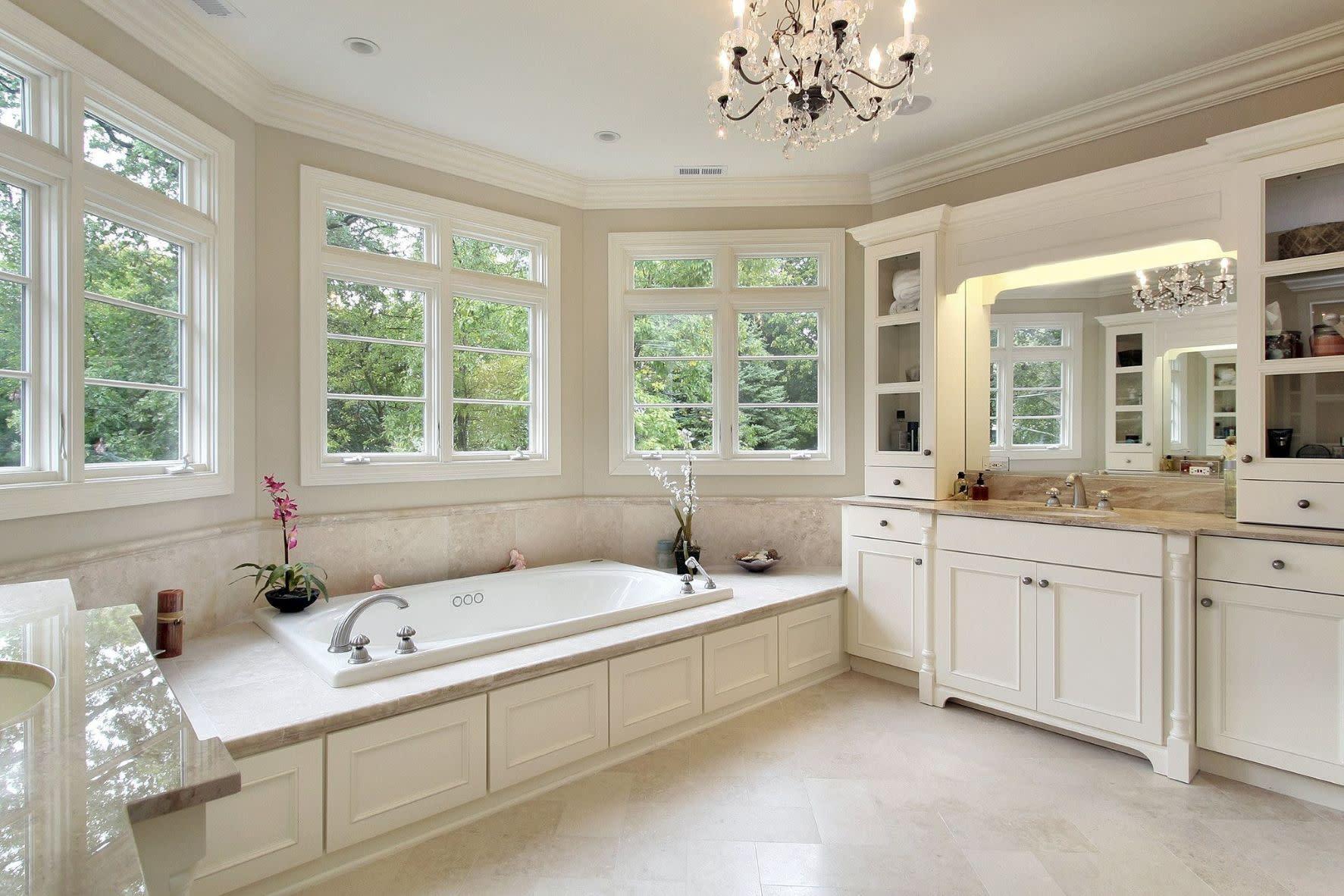Counter Edge Moulding: Definition, Benefits, Cost
July 18, 2022
By: The Finished Space
There is no shortage of finishing touches when it comes to the kitchen. From crown moulding and casings to chamfer trim, cabinet moulding, and more, there are many different trim choices to consider. One such option is counter edge moulding.
You may not be familiar with the term, but counter edge moulding is a popular finishing touch you’ve definitely seen before. However, you may just not have recognized it at the time.
In this article, we’re going to deep dive into the world of countertop edge moulding to discuss what it is, its purpose, and cost considerations. We’ll also talk a bit about the material options and the benefits of having counter edge moulding.
By the end, you should know exactly what counter edge moulding is and if it’s a good finishing touch to add to your home.
What is Counter Edge Moulding?
Unlike some other finishing touches, counter edge moulding is exactly what it sounds like. It is simply the trim that goes along the edge of a countertop in a kitchen or bathroom. Its primary purpose is to cover the exposed edge of the counter.
Counter edge moulding is available in an array of shapes to match your kitchen or bathroom’s aesthetic, including:
Square Edge (Straight Edge) – A simple, sleek countertop edge, perfect for modern or understated designs.
Beveled Edges – In beveled edges, there’s a square cut made at a 45-degree angle. It’s like a square edge with a slice out of it. It adds a bit of flair to the square edge.
Quarter Round Edges – Quarter round edges add a slight curve to the edge of the countertop for an elegant touch.
Half Bullnose Edges – A popular choice, this edge shape has a curve at the top with a straighter bottom. (A bullnose edge curves at the top and bottom).
Eased Edge – These edges have slightly rounded corners with flat sides that merge comfort and style.
Ogee Edge – This edge type makes an “S” shape for a dramatic touch.
Aside from shape options, counter edge moulding comes in various materials, too, and the material can dramatically impact the cost. In fact, counter edge moulding can cost as little as $25 to as much as almost $300, depending on the material. So let’s take a closer look at the options.
4 Counter Edge Moulding Material Options
Generally, you’ll want your counter edge moulding to be the same material as your countertop or complementary. Here are four of the most common counter edge moulding materials on the market:
Natural Stone
Natural stone countertops are incredibly popular, so it’s no surprise that natural stone countertop edge moulding is also a top choice. You usually don’t need separate edge moulding with natural stone countertops. Instead, the edge design is part of the initial installation.
Metal
Metal countertop edge moulding is a great option for vintage, midcentury, or retro designs. The metal can be steel, aluminum, or faux metals, but ultimately, it’s about giving the counter that vintage-inspired look.
Laminate
Laminate is an option for the budget-conscious consumer. Laminate counter edge moulding is often peel-and-stick and can come in various styles and designs. Vinyl is a slightly more durable alternative to laminate, but both are cheap and versatile options to finish a countertop.
Wood
Wooden countertop edge moulding is a gorgeous and classic option. It can be painted to match any motif, and installation is a breeze. Wood is such an easy material that it can be cut in several shapes to meet your stylistic goals. Wood fits nearly any design aesthetic and is a perfect option for homeowners who appreciate classic beauty.
3 Benefits of Countertop Edge Moulding
So, why should you consider countertop edge moulding for your kitchen and bathroom? There are several reasons, but these are the top three benefits of countertop edge moulding.
Protection
Countertop edge moulding protects the exposed countertop from damage such as from spills, dents, and more. For example, a wooden countertop without edge moulding would be highly susceptible to water damage. However, counter edge moulding helps prevent that from happening.
Style
The most significant benefit of counter edge moulding is its impact on the overall style and design. You wouldn’t think something so small would have such a powerful effect. However, it finishes the look and ties the whole design together.
Safety
Countertop edge moulding also provides added safety – especially for children. It can soften hard edges and cover up exposed edges, which can have splinters and sharp ends.
Get Started with High-Quality Counter Edge Moulding from Metrie
If you’re looking for high-quality counter edge moulding, you’ve come to the right place. At Metrie, we work with the world’s best designers to craft gorgeous trim and moulding to complement every home design. No matter your design aesthetic, we have counter edge moulding and other finishing touches to complete your design.
If you aren’t sure what styles of trim and moulding are right for you, give our design tool Option {M} a try. It’s an innovative tool that helps match finishing touches to your dream design aesthetic.

